Stop Planting Flat Gardens: The Pro’s Guide to Using Height and Structure
I’ll never forget one of my first big garden projects. The property was lovely, but the garden itself was… well, flat. Everything grew at the exact same low-to-the-ground height. The whole space just felt boring, with no sense of mystery or excitement. My job was to give it a backbone, and that’s when it really clicked for me: using tall plants isn’t just about adding height. It’s about how you build structure, create drama, and give a garden that feeling of depth and permanence. These plants are the bones of any great design.
In this article
Now, bringing these towering beauties into your garden is a bit of a commitment. They often need more support, the right kind of soil, and really thoughtful placement. But the payoff is a garden that feels alive, dynamic, and three-dimensional. I’ve spent years working with dozens of them, learning their quirks and figuring out the best ways to make them thrive. So, I’m here to share what I’ve learned, from the ground up, to help you build a garden with incredible structure and beauty that lasts.
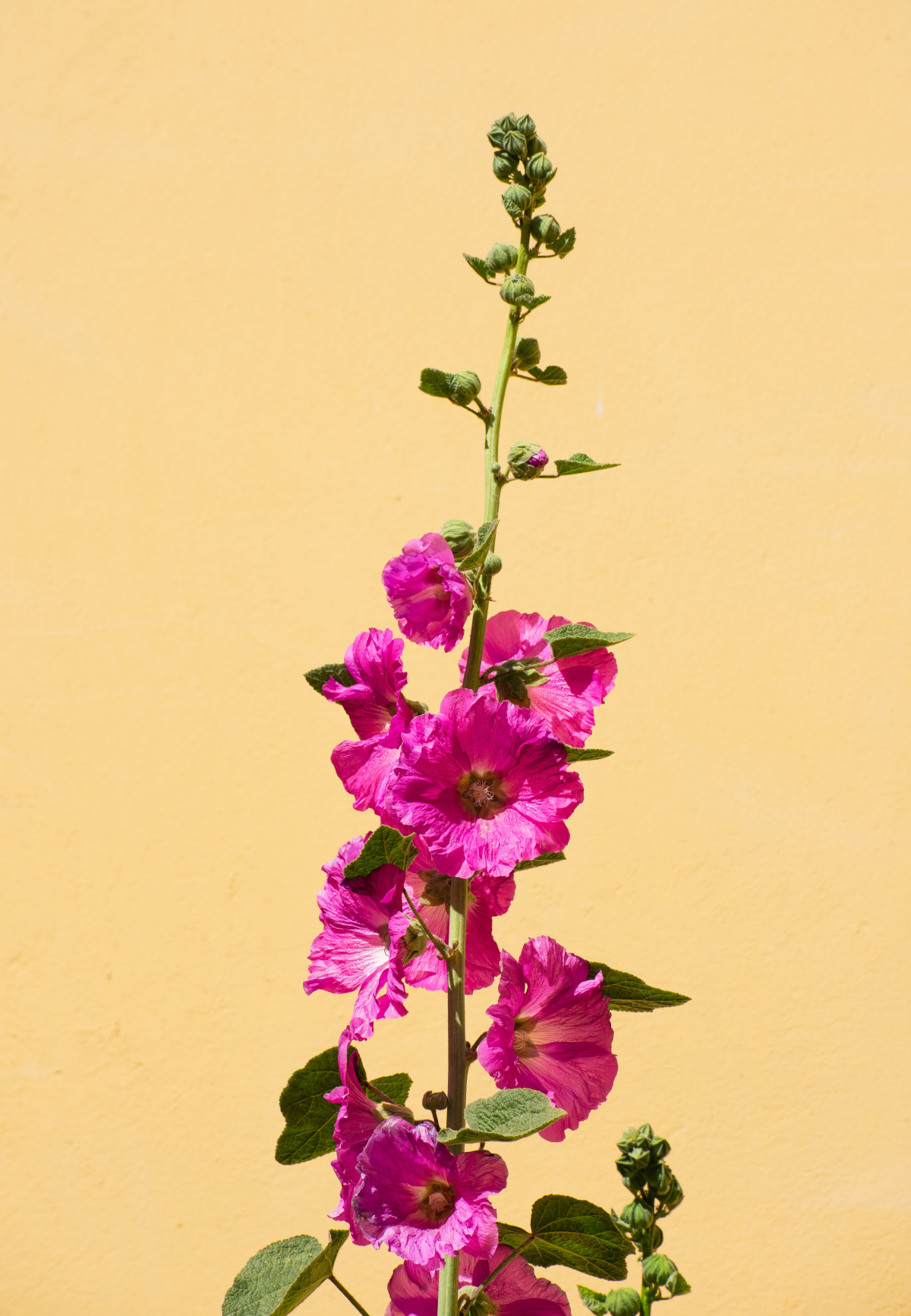
First Things First: Know Your Ground
Before you even think about buying a single tall plant, you have to understand your canvas—the ground itself. This is, without a doubt, the most important step. A magnificent, towering flower will flop in the wrong spot, no matter how much you baby it. The pros always, always start with a site assessment. It saves you so much time, money, and heartache down the road.
Let’s Talk About Your Soil
Tall plants need a serious anchor. Think about it: a heavy flower head on a six-foot stalk acts like a sail in the wind. If your soil is too loose or shallow, the whole plant can just topple over, roots and all. So, you need to know what you’re working with.
A super simple way to figure this out is the jar test. Just dig down about six inches and grab a big handful of soil. Fill a large glass jar about a third of the way with your soil, then top it off with water, leaving a little air at the top. Shake it like crazy for a minute, then let it sit for a day. You’ll see the soil separate into layers: sand on the bottom, silt in the middle, and fine clay on top. This gives you a fantastic snapshot of your soil’s makeup.
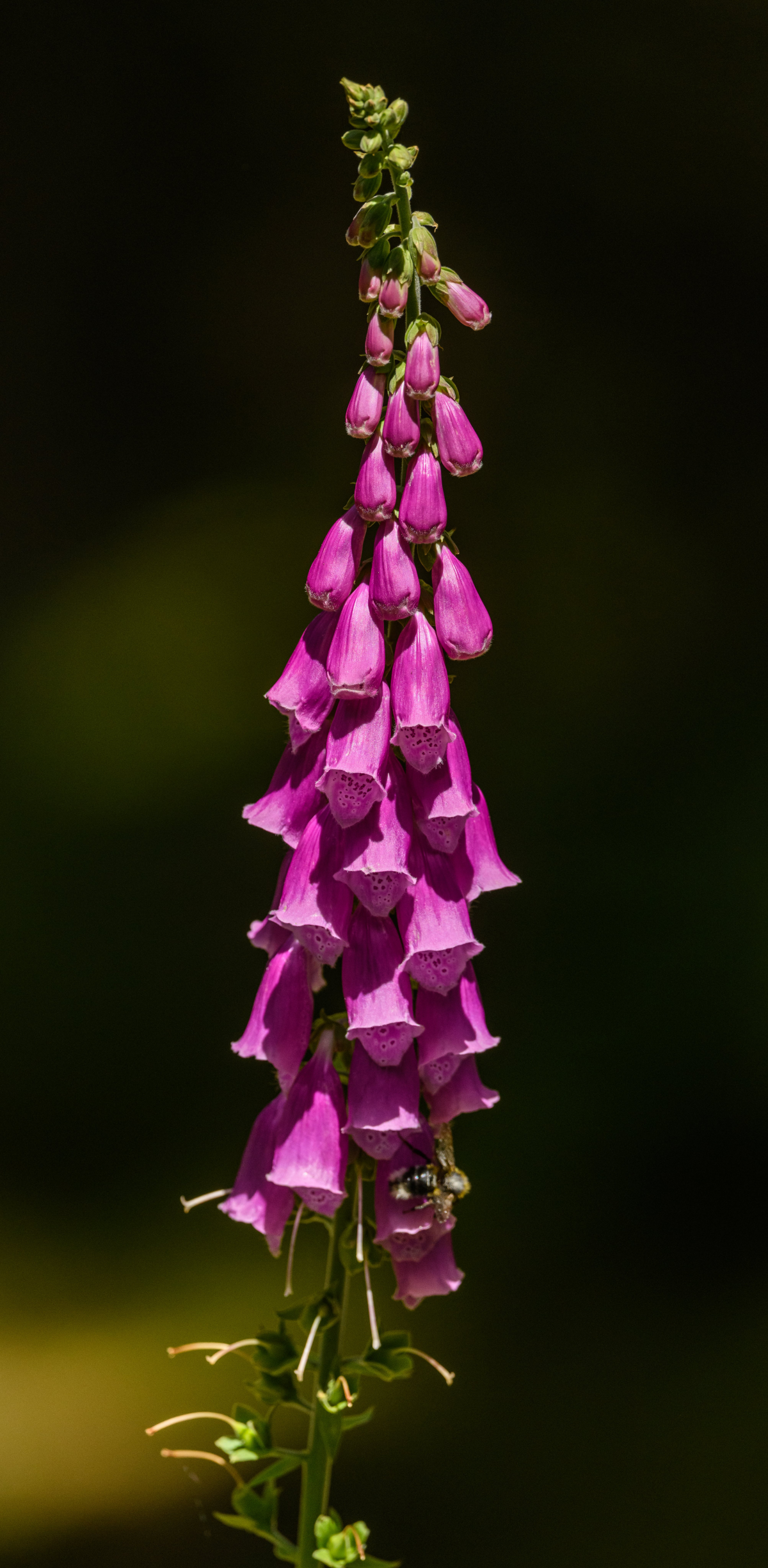
- Clay Soil: This stuff is heavy and holds water, which is great for moisture-loving plants. But for anything that needs good drainage, it can lead to root rot. To fix it, you’ll need to amend it by mixing in organic matter like compost to lighten it up.
- Sandy Soil: Drains in a flash. It’s perfect for drought-tolerant plants like Russian Sage but a real challenge for thirsty giants. The key here is adding tons of compost or leaf mold to help it hold onto moisture and nutrients.
- Loam: If you have this, you’ve basically won the garden lottery. It’s a perfect, balanced mix that holds moisture but drains well.
By the way, when you’re amending, a good rule of thumb for a new plant is to dig a hole at least twice as wide as the pot it came in. Then, mix in two or three big shovelfuls of compost with the native soil you dug out before backfilling around the plant. This gives the roots a great head start.
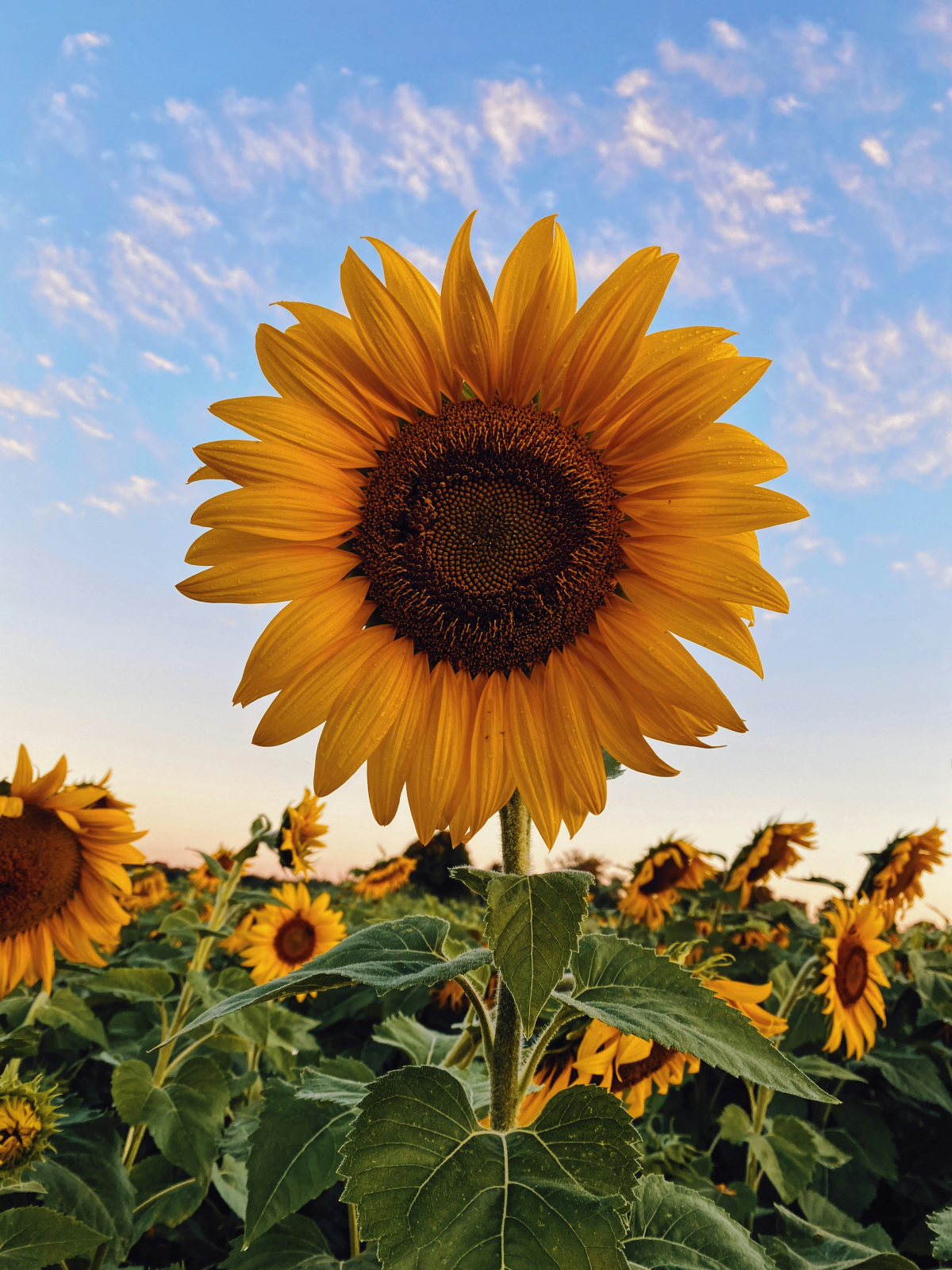
Oh yeah, and don’t forget pH. Some plants are super picky about it. You can grab a simple pH testing kit for about $10-$15 at any garden center, and it’s well worth the small investment.
Sun, Wind, and Water
Spend a day just watching how the sun moves across your yard.
Galerie d’inspiration

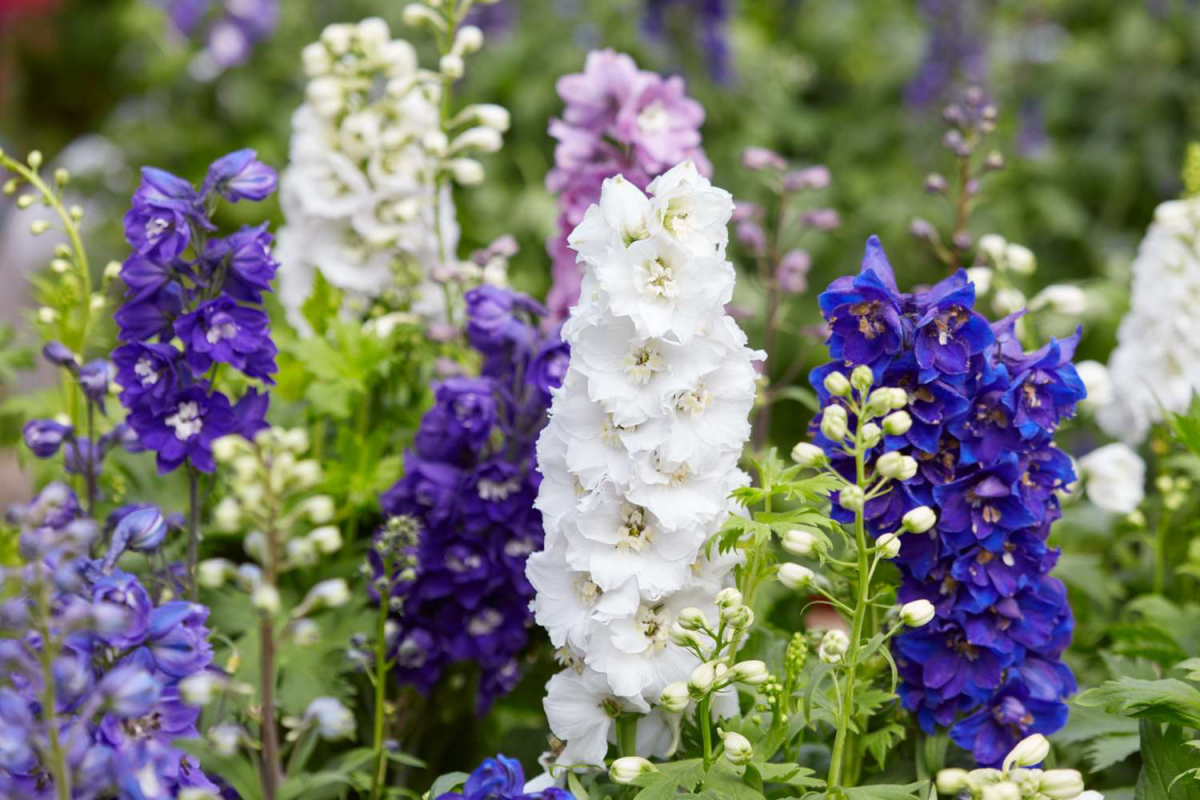
My beautiful delphiniums and hollyhocks always flop over in the wind. What am I doing wrong?
This is the classic tall plant dilemma! The secret isn’t just staking, but staking early. By the time a tall flower stalk is heavy with buds, it’s often too late to correct its lean. Aim to place your supports (like bamboo canes or metal grow-through grids) when the plant is about a third of its final height. This allows the foliage to grow up and around the support, hiding it completely and providing a sturdy, integrated core from the beginning.
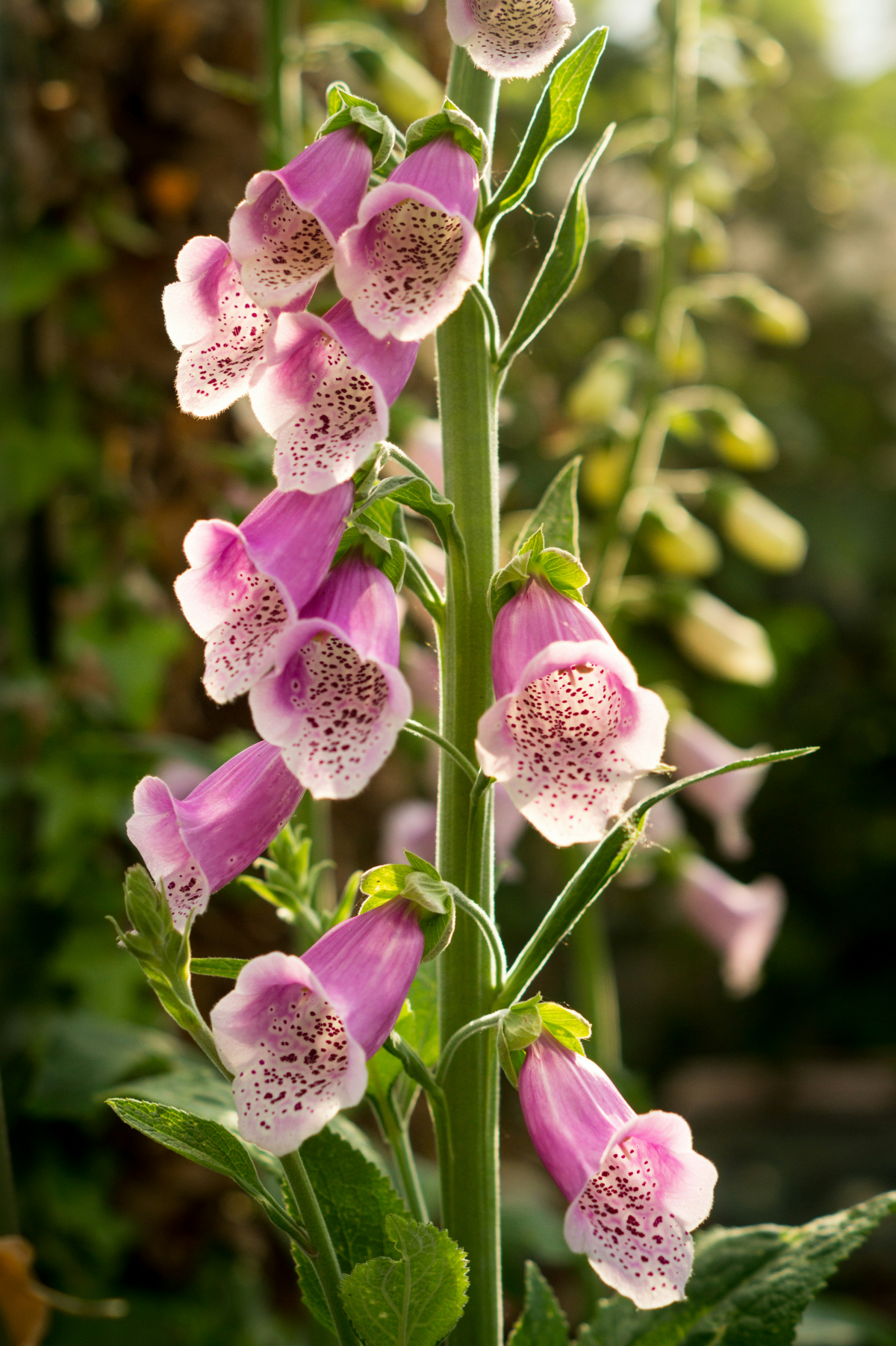
More than 70% of native bees are solitary ground or cavity-nesters.
Leaving the hollow stems of your tall perennials—like Joe Pye Weed, Rudbeckia, or Sunflowers—standing through winter does more than just provide structural beauty. These dried stalks become crucial overwintering habitats for beneficial insects, including solitary bees. You’re not just building a beautiful garden; you’re creating a vital ecosystem.
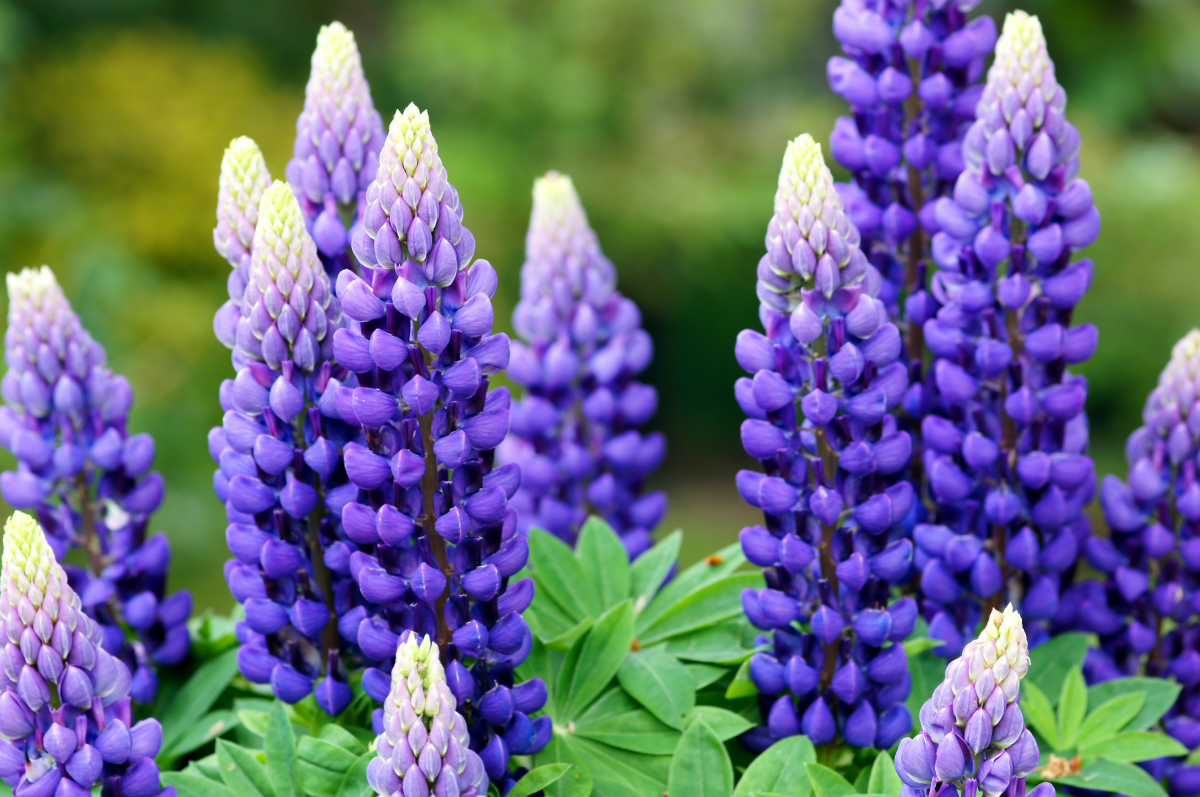
Think Beyond the Back Border: The biggest mistake gardeners make with tall plants is lining them up against a fence like a firing squad. This creates a flat, two-dimensional wall. For a truly immersive, professional feel, dare to bring some height forward. Use tall, but airy and transparent plants like Verbena bonariensis or Thalictrum rochebrunnianum mid-border. Their see-through quality adds layers of depth without blocking the view, creating intrigue and movement.

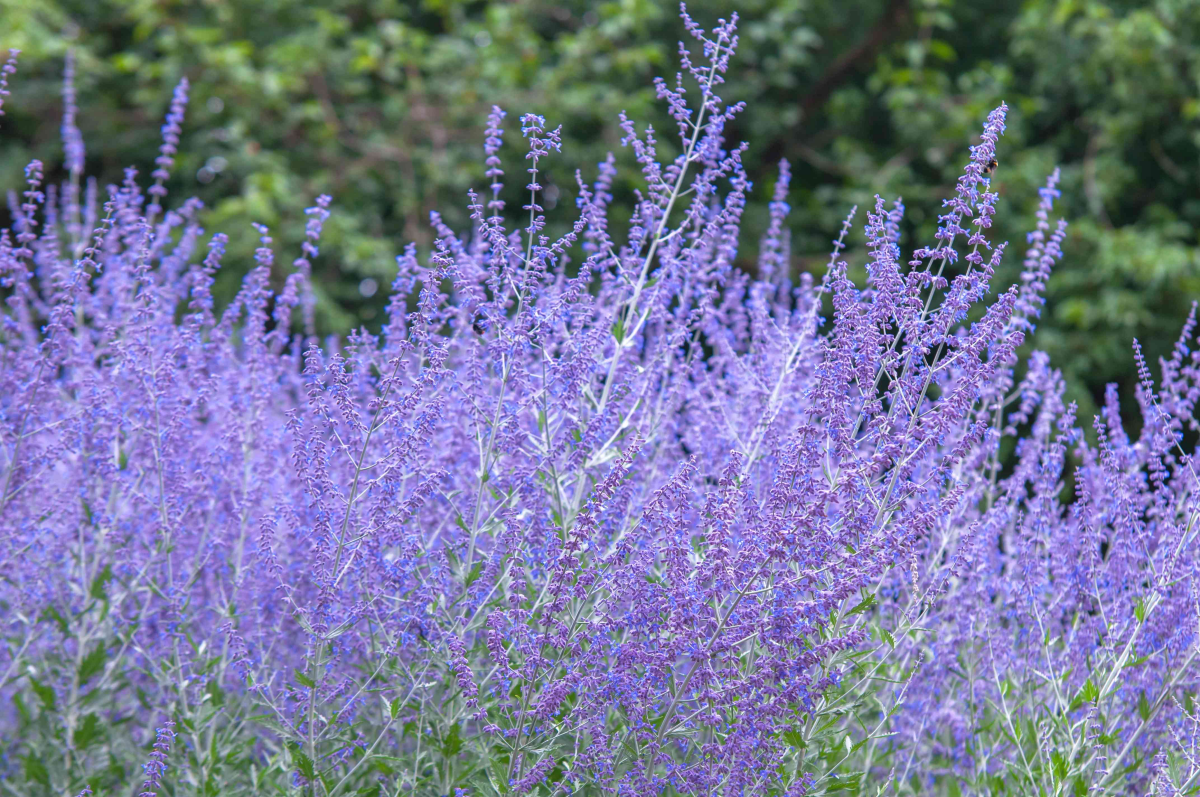
Pairing vertical plants isn’t just about color; it’s a masterclass in texture. The key is contrast. Combine the soft, fluffy plumes of an ornamental grass with the strong, architectural spires of a flower to make both elements pop. Here are a few winning combinations to try:
- Airy & Bold: The hazy purple cloud of Russian Sage (Perovskia atriplicifolia) weaving through the strong, upright seed heads of Coneflower (Echinacea purpurea).
- Feathery & Sleek: The soft, feathery fronds of Maiden Grass (Miscanthus sinensis) behind the sharp, spear-like flowers of a Red Hot Poker (Kniphofia).
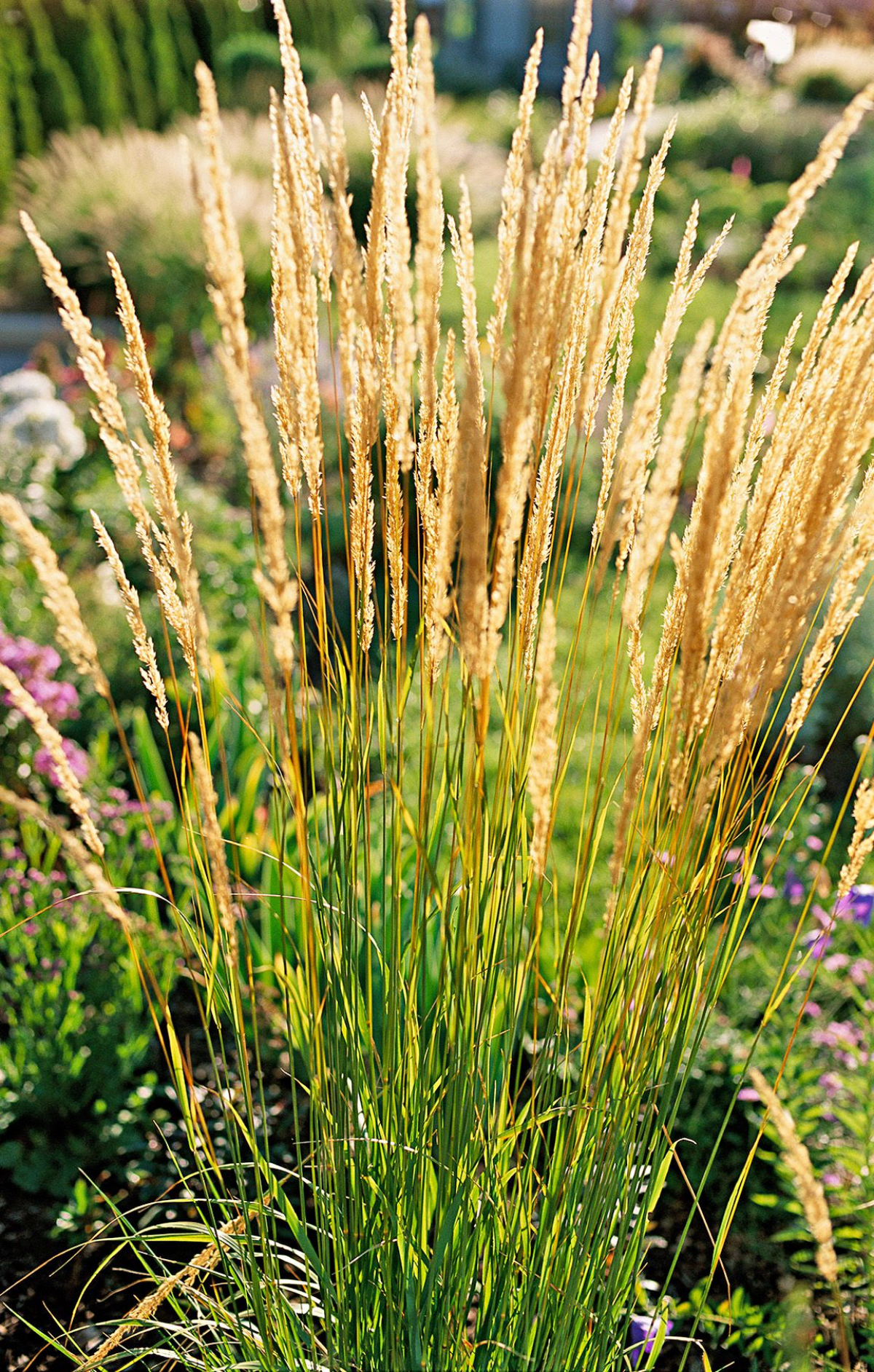
- Provides nearly invisible support for multi-stemmed perennials.
- Costs absolutely nothing if you have trees or large shrubs.
- Adds rustic charm and biodegrades naturally in the garden.
The secret? A simple ‘pea-stick’ cage. In spring, use twiggy branches pruned from trees like birch or hazel. Push several branches into the soil around a young clump-forming perennial like an Aster or Peony. The plant will grow up through the twiggy framework, using it as a natural corset that’s much more effective and attractive than a single stake.
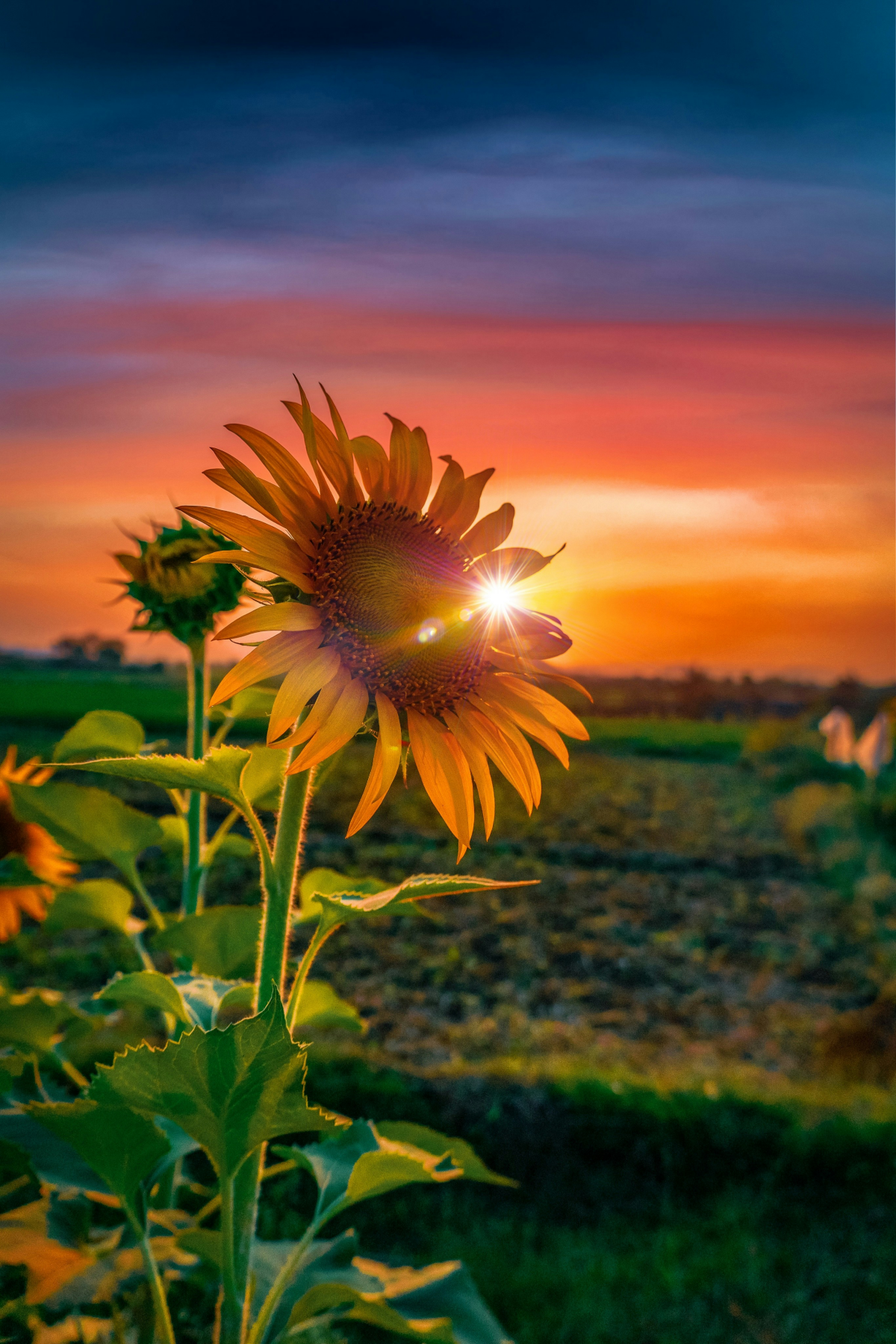
Bamboo Canes: The traditional, low-cost choice. Best for single-stemmed giants like sunflowers or delphiniums. They are biodegradable but can rot after a season or two and may look a bit stark before plants fill in.
Metal Spiral Supports: A durable, long-term investment. Brands like Gardman or Panacea offer elegant steel spirals that are perfect for guiding climbers or supporting heavy flower heads. They offer a more sculptural look even in the off-season.
For a blend of aesthetics and function, powder-coated metal supports in dark green or black often disappear into the foliage most effectively.
As autumn arrives, don’t rush to clear-cut your vertical structure. A strategic approach preserves both beauty and ecology. For plants prone to mildew or messy self-seeding like Phlox, cut them back to the base after the first frost. But for those with strong silhouettes and valuable seed heads, like ornamental grasses (*Calamagrostis* ‘Karl Foerster’) or Sedum ‘Autumn Joy’, leave them standing. Their shapes, dusted with frost or snow, will provide stunning architectural interest throughout the winter.










